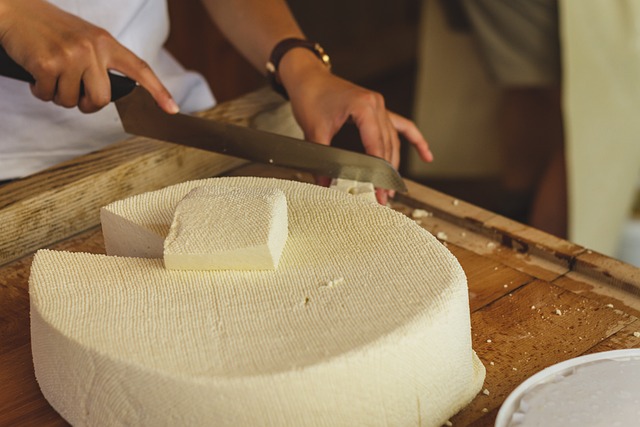our tips
Room Temperature is Key!
One of the most common mistakes people make with cheese is serving it straight from the fridge. While refrigeration is essential for proper storage, cold temperatures mute flavors and stiffen textures, preventing you from experiencing the cheese as it was meant to be enjoyed. Just like a fine wine that needs to breathe, cheese also benefits from time at room temperature before serving.
When cheese is too cold, the fat content remains solid, which dulls both the aroma and taste. Since many of the most complex flavors are released through fat, eating cold cheese means missing out on its full depth and character. The texture also suffers—cheeses that should be creamy and luscious, like Brie or Camembert, can feel rubbery and firm, while aged cheeses, such as Gouda or Cheddar, might seem too dry and crumbly instead of rich and buttery.
To get the most out of your cheese, take it out of the fridge at least 30 to 60 minutes before serving, depending on the type. Soft cheeses generally need around 30 minutes, while harder varieties can take closer to an hour to reach their peak texture and flavor. If you're preparing a cheese board, arrange your selection ahead of time and let it rest under a breathable cover to keep it from drying out.
For those who love melting cheese—whether on burgers, pasta, or sandwiches—starting with cheese at room temperature helps it melt more evenly and prevents a tough, greasy consistency. This is especially true for cheeses like mozzarella, raclette, or gruyère, which are best when they reach their ideal softness before heating.
Next time you're preparing a cheese platter or incorporating cheese into your dish, give it time to breathe. The difference in taste and texture will be undeniable—every bite will be richer, creamier, and packed with flavor, just the way the cheesemaker intended!
the latest trends and products in cheese tools.



